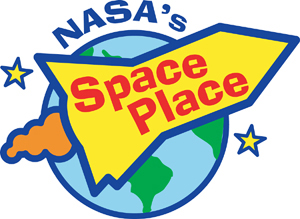By Jane Houston Jones and Jessica Stoller-Conrad
NASA JPL
Feeling like you missed out on planning a last vacation of summer? Don’t worry—you can still take a late summertime road trip along the Milky Way!

By Linda Hermans-Killiam
NASA JPL
There are millions of pieces of rocky material left over from the formation of our solar system. These rocky chunks are called asteroids, and they can be found orbiting our Sun. Most asteroids are found between the orbits of Mars and Jupiter. They orbit the Sun in a doughnut-shaped region of space called the asteroid belt.
LUNAR, Magnitude.io and the Orvis Ranch hosted the 2018 Rocket day for Manteca High School.
https://magnitude.io/manteca-rocket-launch-day-2018/
By Jessica Stoller-Conrad
NASA JPL
Mars is Earth’s neighbor in the solar system. NASA’s robotic explorers have visited our neighbor quite a few times. By orbiting, landing and roving on the Red Planet, we’ve learned so much about Martian canyons, volcanoes, rocks and soil. However, we still don’t know exactly what Mars is like on the inside. This information could give scientists some really important clues about how Mars and the rest of our solar system formed.
LUNAR, Magnitude.io and the Orvis Ranch hosted the 2018 Rocket day for Lodi High School.
https://magnitude.io/lodi-rocket-launch-day-2018/
By Teagan Wall
NASA JPL
As far as we know, water is essential for every form of life. It’s a simple molecule, and we know a lot about it. Water has two hydrogen atoms and one oxygen atom. It boils at 212° Fahrenheit (100° Celsius) and freezes at 32° Fahrenheit (0° Celsius). The Earth’s surface is more than 70 percent covered in water.
By Linda Hermans-Killiam
NASA JPL
High above Earth is a very active part of our upper atmosphere called the ionosphere. The ionosphere gets its name from ions—tiny charged particles that blow around in this layer of the atmosphere.
How did all those ions get there? They were made by energy from the Sun!
Satellites are a part of our everyday life. We use global positioning system (GPS) satellites to help us find directions. Satellite television and telephones bring us entertainment, and they connect people all over the world. Weather satellites help us create forecasts, and if there’s a disaster—such as a hurricane or a large fire—they can help track what’s happening. Then, communication satellites can help us warn people in harm’s way.